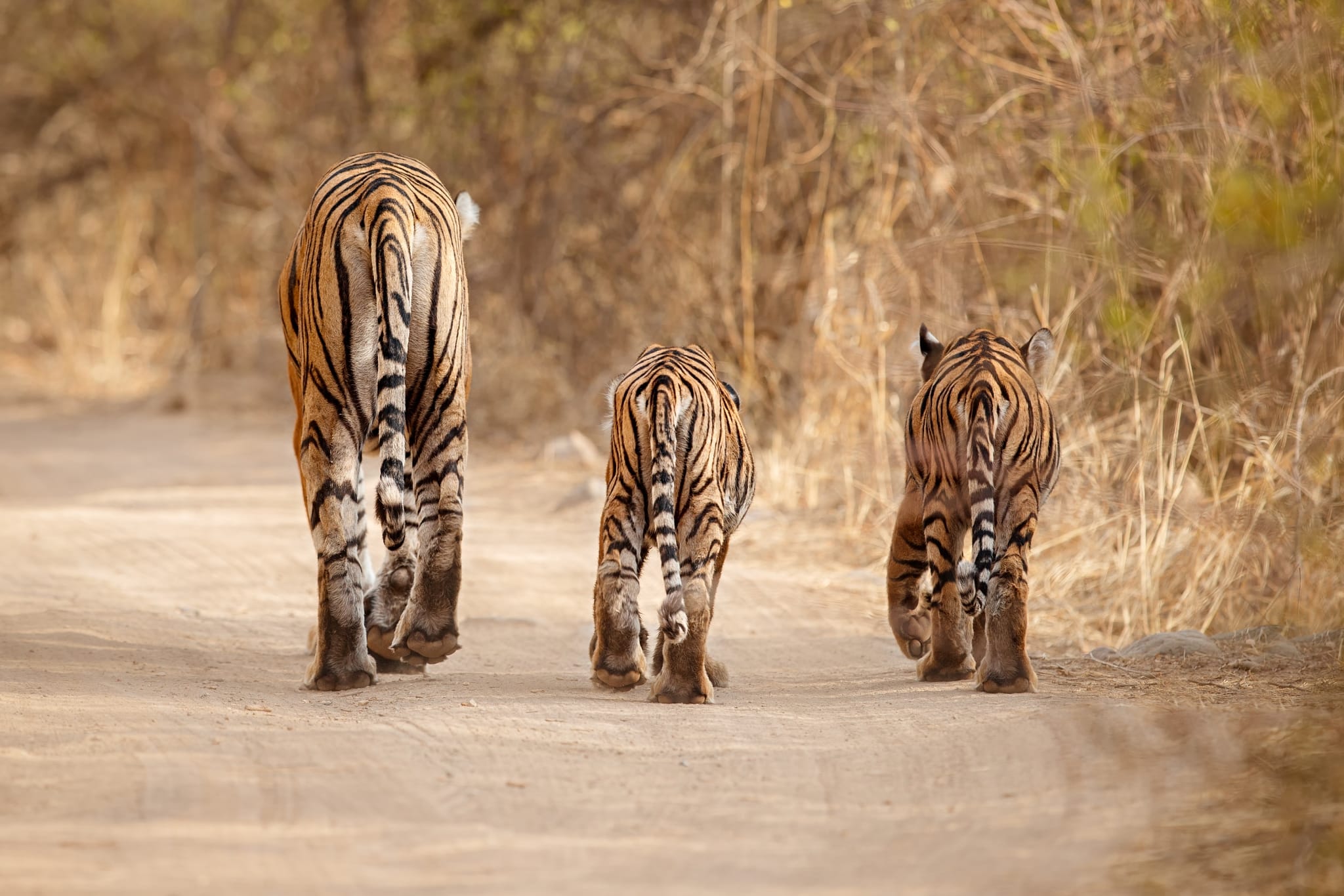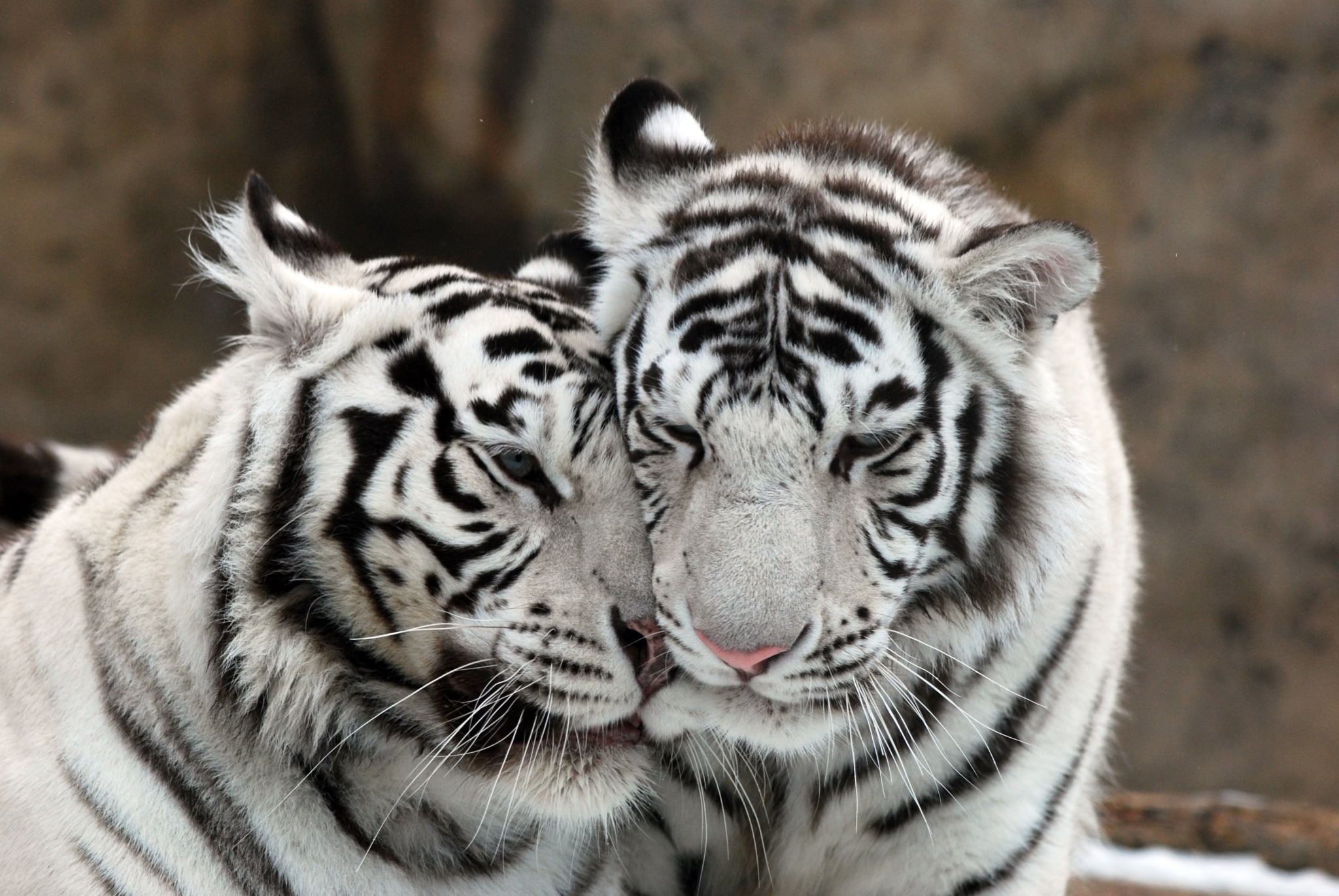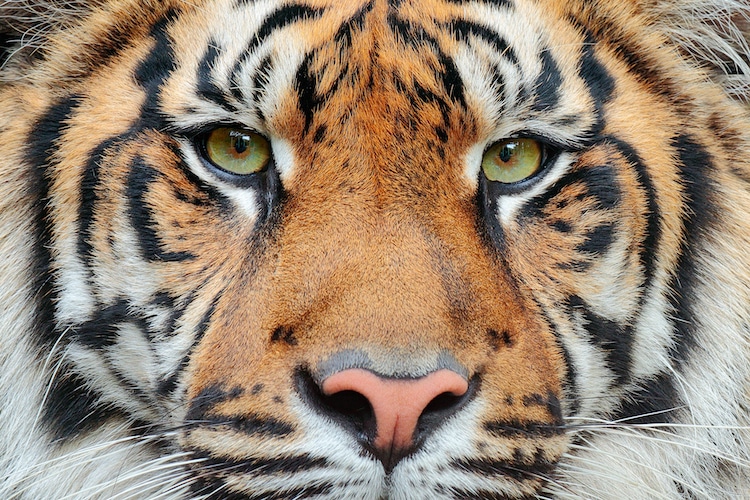
Photo: freddie10/Depositphotos
A new assessment from the International Union for Conservation of Nature (IUCN) has recently surprised conservationists. The report estimates that the population of tigers is now anywhere between 3,726 to 5,578 worldwide, a 40% increase since 2015. This increase is a result of monitoring improvements, showing that there are more tigers than we previously knew about. IUCN’s statement says that it also shows that the global tiger population “appears to be stable or increasing.” The timing of this assessment seems fitting in the Year of the Tiger, with International Tiger Day just recently on July 29. We can find some hope in this updated statistic and comfort in the conservation efforts of local governments where the big cats live, but there is still work to be done. Wildlife Conservation Society Tiger Program coordinator Dale Miquelle sees promise in these results but also knows “this progress is fragile—we are still losing tigers from many areas, while they are increasing in others.” Tigers are still categorized as “Endangered” on the IUCN Red List, a list that monitors the global conservation status of thousands of species.
Destructive actions like poaching and habitat fragmentation are still prevalent, which are major threats to our feline friends. The World Wildlife Foundation (WWF) estimates a staggering 95% of their historical range has been lost due to human activities. Their site shares a dark cyclical pattern: when their habitat is lost, tigers must leave to find resources, leading to human-tiger competition for space, and loss of life on both sides. With poaching being the “most prevalent threat” to wild tigers, human change is necessary if we are to have hope in saving these beautiful animals.
IUCN's statement reads: “Expanding and connecting protected areas, ensuring they are effectively managed, and working with local communities living in and around tiger habitats, are critical to protect the species.” Miquelle echoes this sentiment, adding, “Although we still have a very long way to go, the new assessment shows that the tiger can be saved.”
You can stay up to date with the IUCN's Red List here and find ways to get involved in conservation efforts through the WWF’s website.
A new assessment from the International Union for Conservation of Nature shows that the population of wild tigers has grown 40% since 2015.

Photo: Photocech/Depositphotos
This increase is thanks to new and better monitoring of the felines, meaning there are more tigers out there than we previously knew about.

Photo: red-feniks/Depositphotos
While this new statistic is promising, tigers are still classified as Endangered on IUCN's Red List. Human-created threats, such as habitat loss and poaching, are the most immediate dangers.

Photo: jeanro/Depositphotos
Thankfully, global conservation efforts have not slowed down. Tiger-centric projects continue to work with local communities to ensure safe monitoring and protection.

Photo: PantherMediaSeller/Depositphotos
Wildlife Conservation Society Tiger Program coordinator Dale Miquelle says, “Although we still have a very long way to go, the new assessment shows that the tiger can be saved.”

Photo: OndrejProsicky/Depositphotos
h/t: [NPR]
Related Articles:
Photographer Captures Rare Glimpse of Siberian Tiger in Its Natural Environment
Endangered Tigers Make Comeback as India Triumphantly Doubles Its Population
Monarch Butterfly Populations Are Showing Recovery After a Winter in Mexico













































































